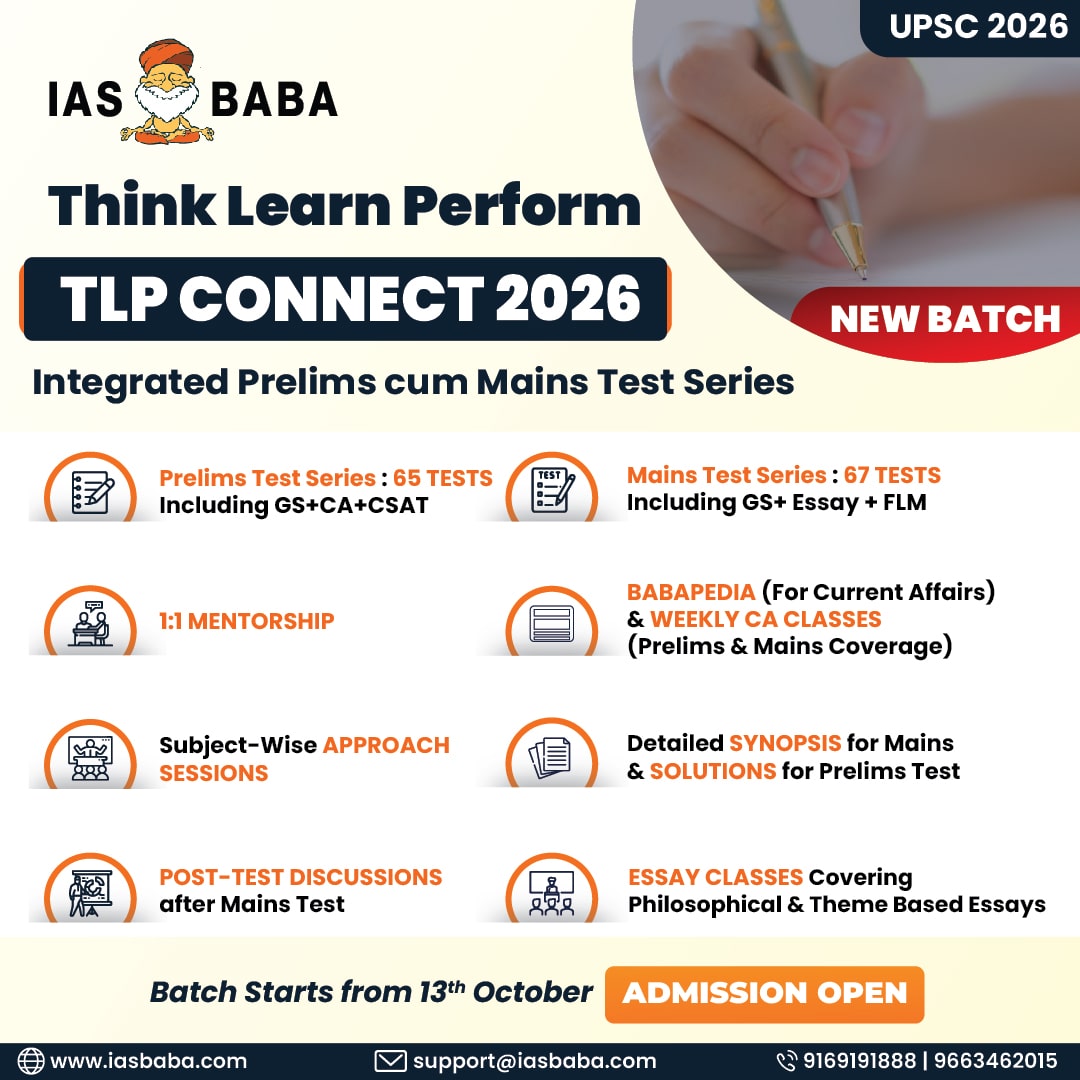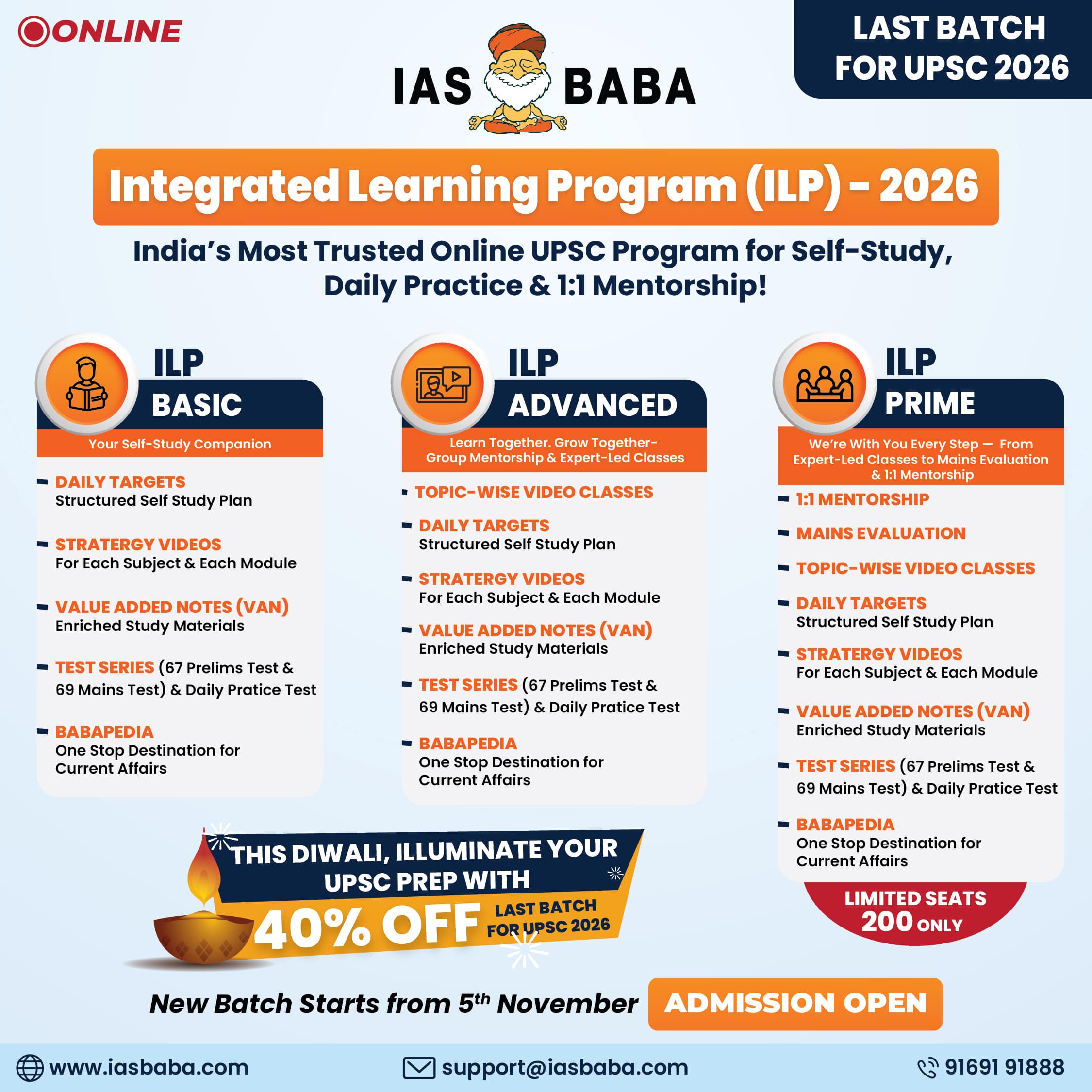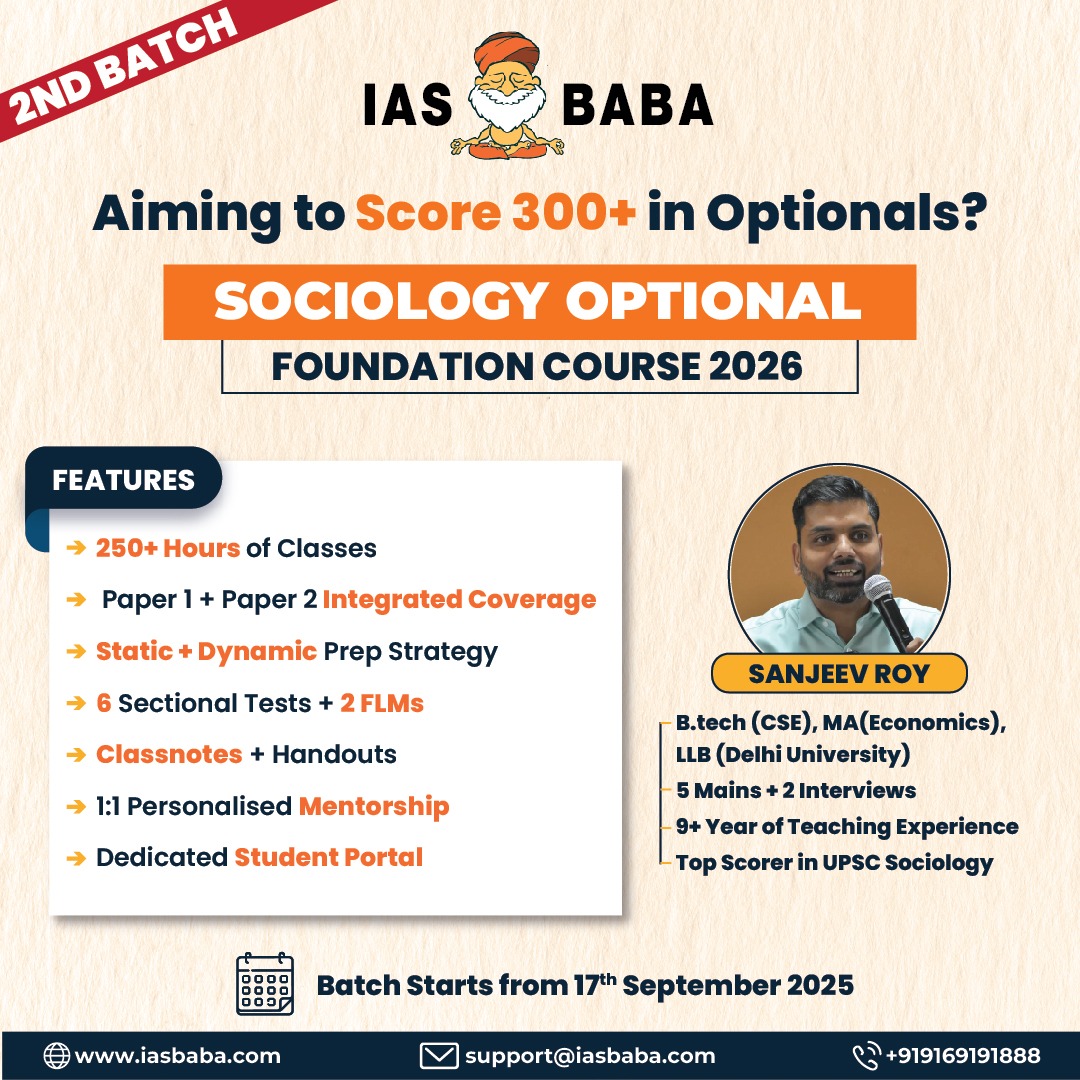Correct
Solution (a)
The ‘State of the Education Report for India 2021: No Teacher, No Class ’ was launched by UNESCO New Delhi on the occasion of World Teacher’s Day, 5 October 2021, with over 400 attendees, including representatives from the government, civil society, academia, partners and youth.
Published annually, this third edition of the State of Education Report of India, focused on the theme of teachers, teaching and teacher education, underscores that the work of teaching is complex. It attempts to provide an understanding of key aspects of the teaching profession, provides a profile of nearly 9.7 million teaching workforce, as well as the challenges of their intricate teaching routine and their professional development.
This publication is the annual flagship report of UNESCO New Delhi and it is based on extensive research.
Only 19% schools across India have access to internet: UNESCO report
The teaching workforce has a deficit of over 1 million teachers and the need is likely to grow, given the shortages of teachers in certain education levels and subjects such as early childhood education, special education, physical education, music, arts, and curricular streams of vocational education.
UNESCO said contractual rather than regular teachers’ jobs ‘presents further complexity’ and the problem is equally alarming in both private and government schools.
At least 16% of the schools in Goa and Telangana were managed by just one teacher
The overall proportion of teachers in private schools who report working with no job contract is alarmingly high at 69%
In the government sector, the overall number of school teachers with contracts of more than three years’ duration is high at 67%
Half of India’s 9.43 million school teachers are women.
Article Link:
https://indianexpress.com/article/education/foundational-learning-took-a-hit-amid-covid-only-19-schools-have-access-to-internet-unseco-report-7553799/
Incorrect
Solution (a)
The ‘State of the Education Report for India 2021: No Teacher, No Class ’ was launched by UNESCO New Delhi on the occasion of World Teacher’s Day, 5 October 2021, with over 400 attendees, including representatives from the government, civil society, academia, partners and youth.
Published annually, this third edition of the State of Education Report of India, focused on the theme of teachers, teaching and teacher education, underscores that the work of teaching is complex. It attempts to provide an understanding of key aspects of the teaching profession, provides a profile of nearly 9.7 million teaching workforce, as well as the challenges of their intricate teaching routine and their professional development.
This publication is the annual flagship report of UNESCO New Delhi and it is based on extensive research.
Only 19% schools across India have access to internet: UNESCO report
The teaching workforce has a deficit of over 1 million teachers and the need is likely to grow, given the shortages of teachers in certain education levels and subjects such as early childhood education, special education, physical education, music, arts, and curricular streams of vocational education.
UNESCO said contractual rather than regular teachers’ jobs ‘presents further complexity’ and the problem is equally alarming in both private and government schools.
At least 16% of the schools in Goa and Telangana were managed by just one teacher
The overall proportion of teachers in private schools who report working with no job contract is alarmingly high at 69%
In the government sector, the overall number of school teachers with contracts of more than three years’ duration is high at 67%
Half of India’s 9.43 million school teachers are women.
Article Link:
https://indianexpress.com/article/education/foundational-learning-took-a-hit-amid-covid-only-19-schools-have-access-to-internet-unseco-report-7553799/













